Rethinking Rain: How Cities Can Turn Stormwater from Problem to Asset
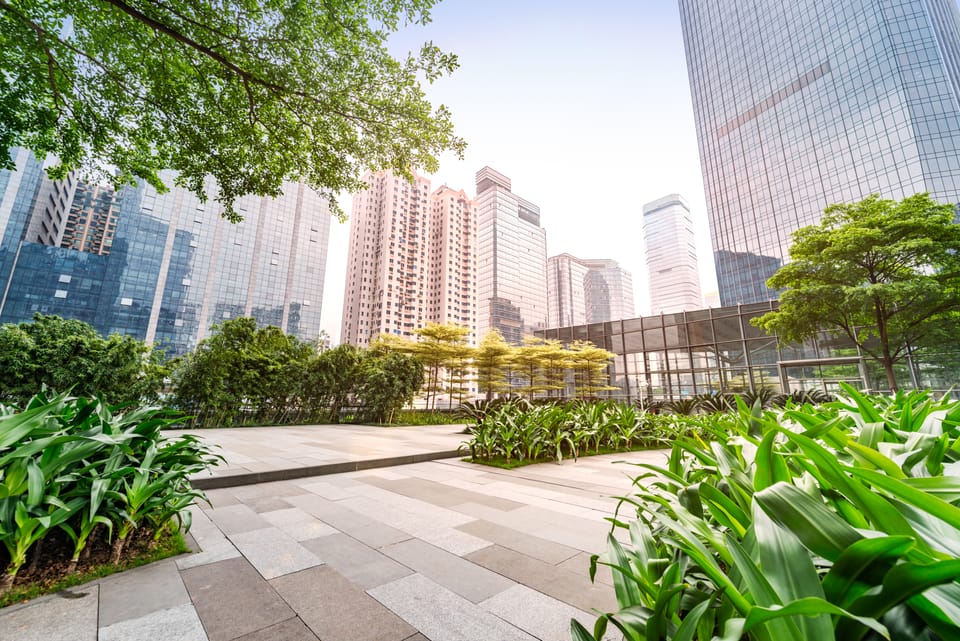
Originally published on my Blogger site in January 2024. Revised for clarity and updated with current insights.
As urban areas grow denser and more paved, the challenge of managing stormwater runoff through sustainable and nature-based solutions becomes increasingly urgent. Much of our built environment—roads, rooftops, parking lots—is covered with impervious surfaces that block rainwater from soaking into the ground. Instead, water rushes over these surfaces, collecting pollutants along the way, before being funnelled rapidly through drains and pipes. The result: overwhelmed drainage systems, degraded water quality, eroded streams, and increasing flood risks.
This conventional approach, known as grey infrastructure, treats rainwater as a nuisance to be removed rather than a resource to be valued. But what if cities could work with nature instead of against it?
This post builds upon the concepts discussed in Cooler Cities, Greener Spaces, delving deeper into sustainable stormwater management strategies.
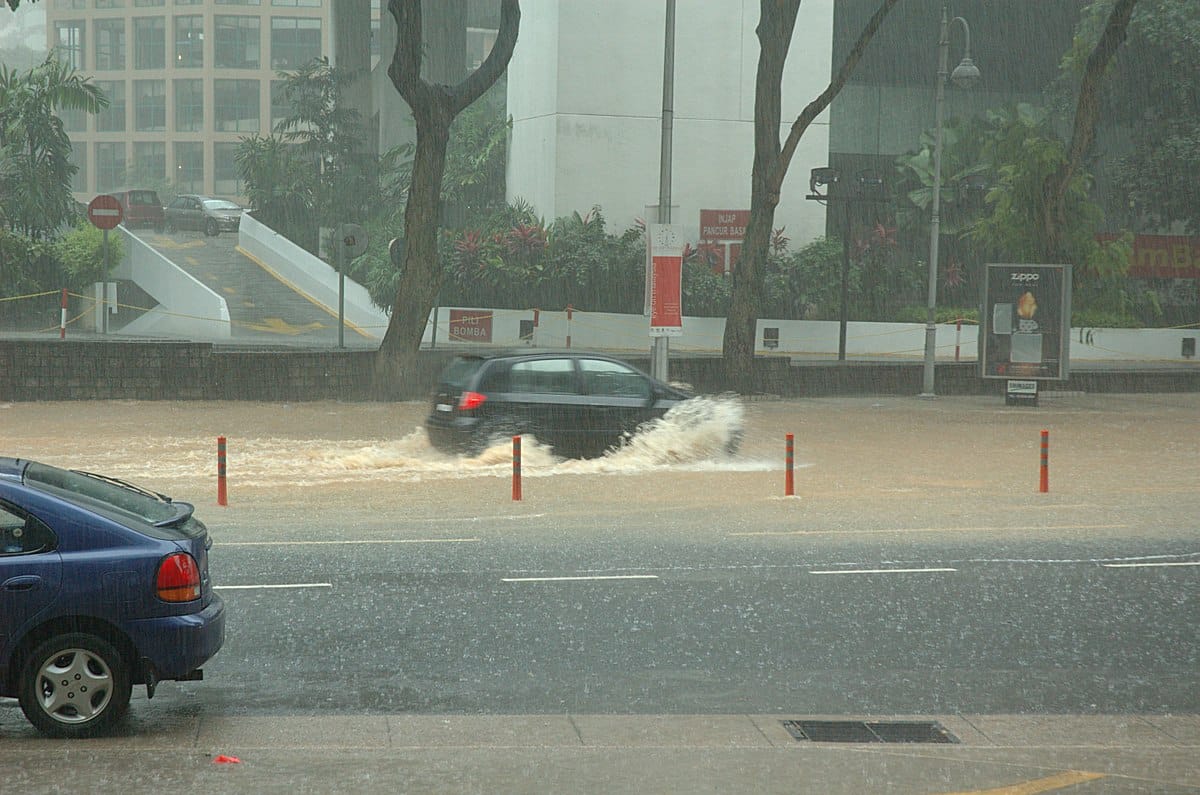
Grey Infrastructure vs. Green Infrastructure
Traditional stormwater management systems are often hidden beneath our feet—underground pipes, storm drains, and detention ponds made of concrete and steel. While effective at moving water quickly, they disrupt natural hydrological cycles. They also prevent groundwater recharge, worsen urban heat island effects, and ultimately transfer polluted runoff directly into rivers and streams.
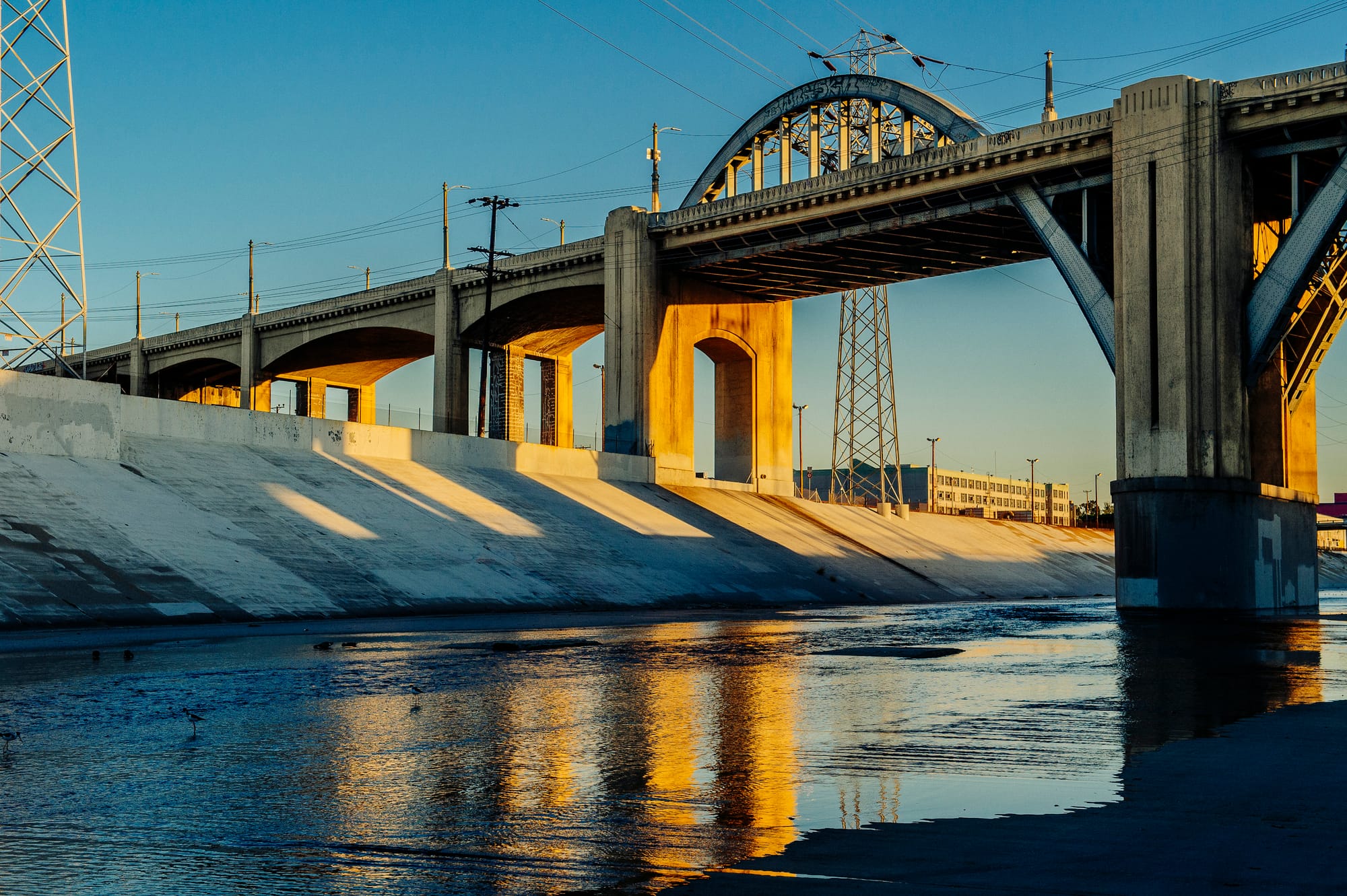
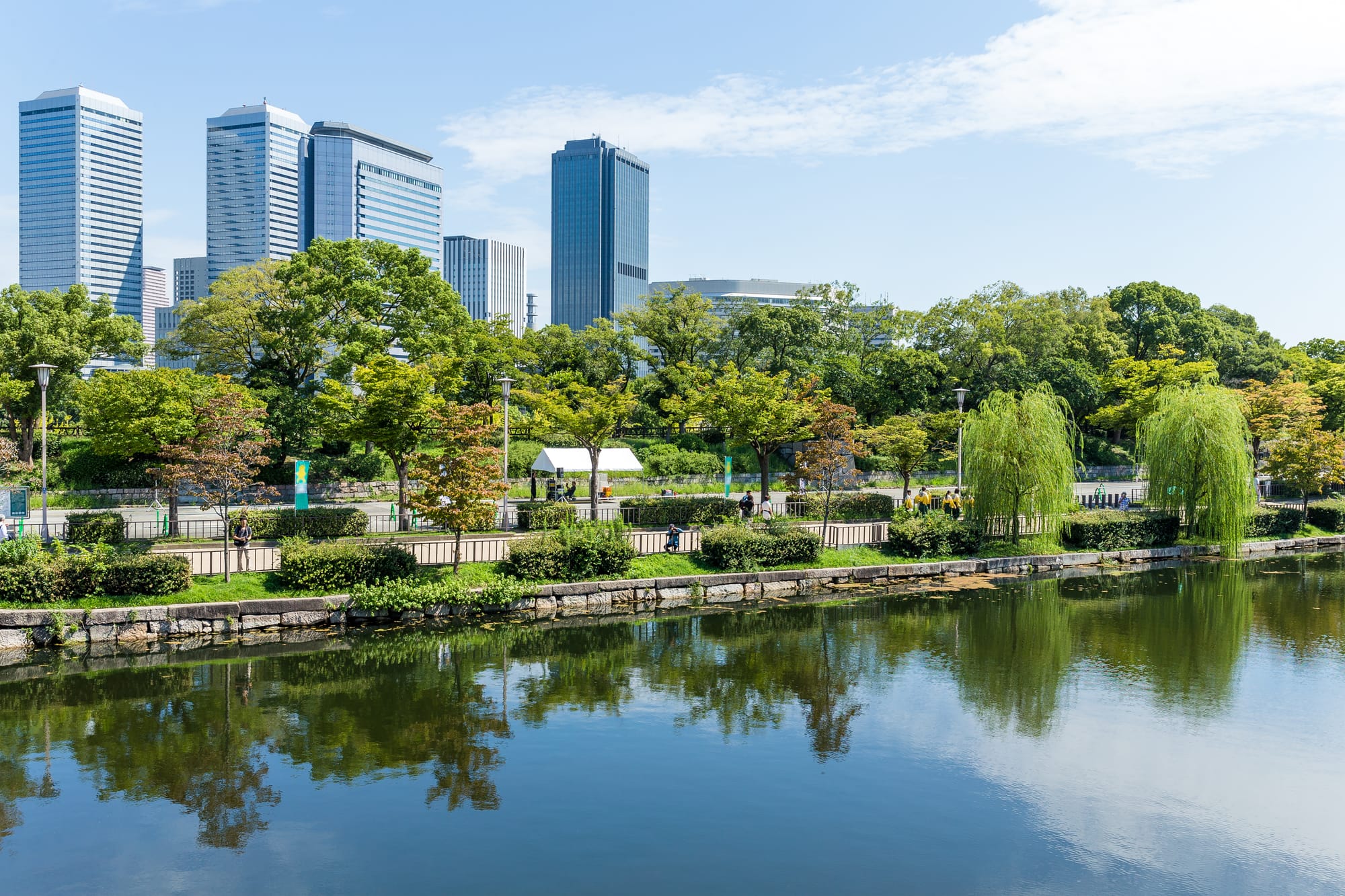
Grey Infrastructure (left): Concrete channels move water quickly, but at a cost to ecosystems and urban resilience. Green Infrastructure (right): Nature-based solutions slow, filter, and integrate water into the landscape, turning stormwater into an asset. Source: Envato Elements.
In contrast, sustainable stormwater management embraces green infrastructure—nature-based systems designed to slow, absorb, and treat runoff at its source. Instead of simply channelling water away, green infrastructure mimics how undeveloped land naturally manages rain. It allows water to infiltrate soil, filter through vegetation, and replenish the ecosystem. This shift not only helps to reduce flood risks but also restores ecological balance in cities.
Nature-Based Solutions: The Green Infrastructure Approach
One of the most familiar examples of green infrastructure is the rain garden. Typically located in residential or landscaped settings, a rain garden is a shallow, planted basin that temporarily collects stormwater and allows it to soak into the soil. Native plants within the basin help absorb pollutants and tolerate both wet and dry periods.
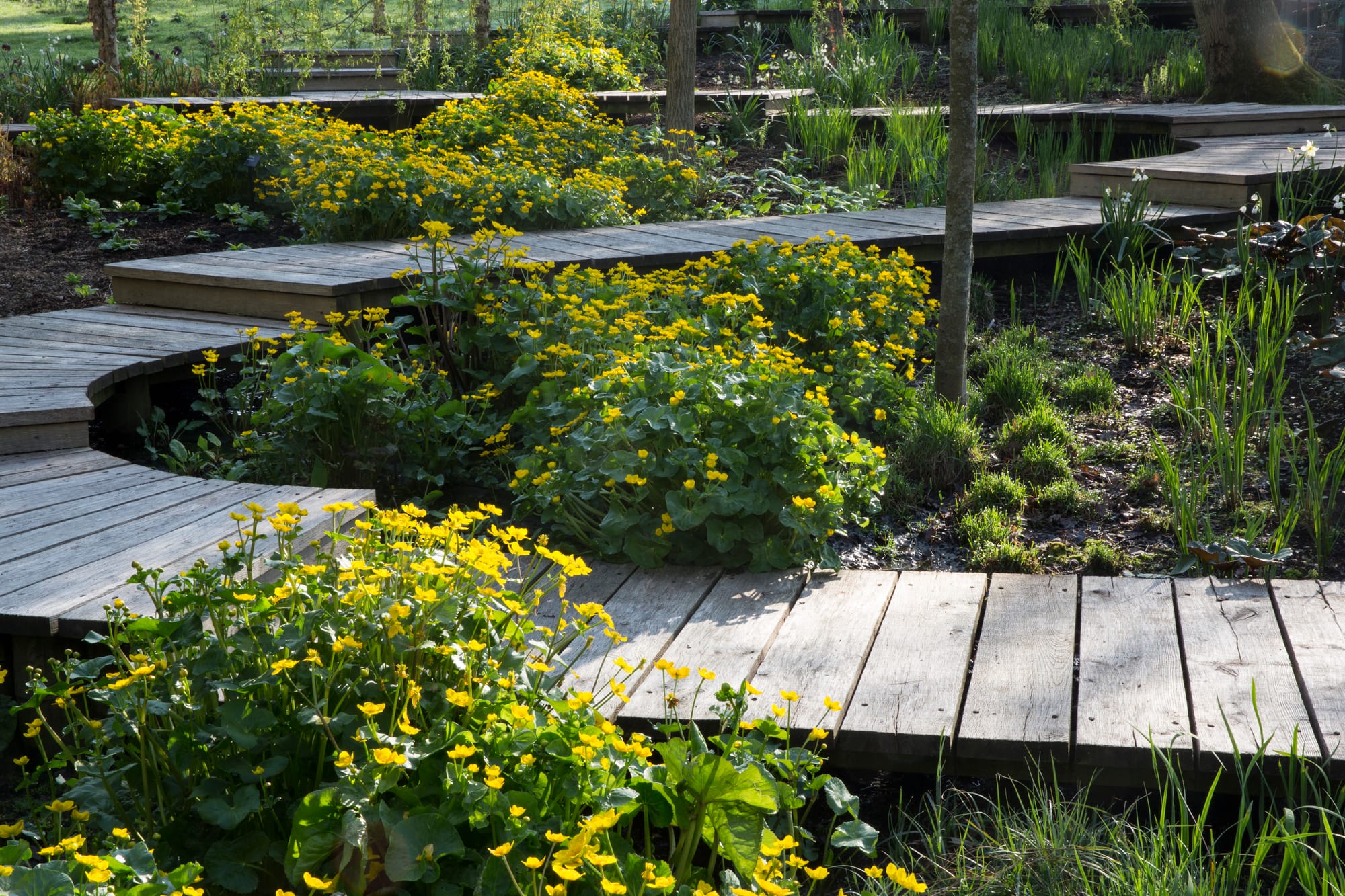
Swales, especially bioswales, offer a similar function but on a larger, linear scale. These landscaped channels capture and direct runoff while filtering it through layers of soil and dense vegetation. Their roots break up compacted ground and promote infiltration, while microbial activity below the surface breaks down contaminants like oil and fertilisers.
Pervious or permeable paving is another increasingly common feature in sustainable design. Unlike traditional asphalt or concrete, these surfaces allow water to pass through gaps or pores, filtering into the soil below. Used in driveways, walkways, and even parking lots, they reduce the volume and velocity of runoff, and help prevent pollutants from washing into nearby waterways.
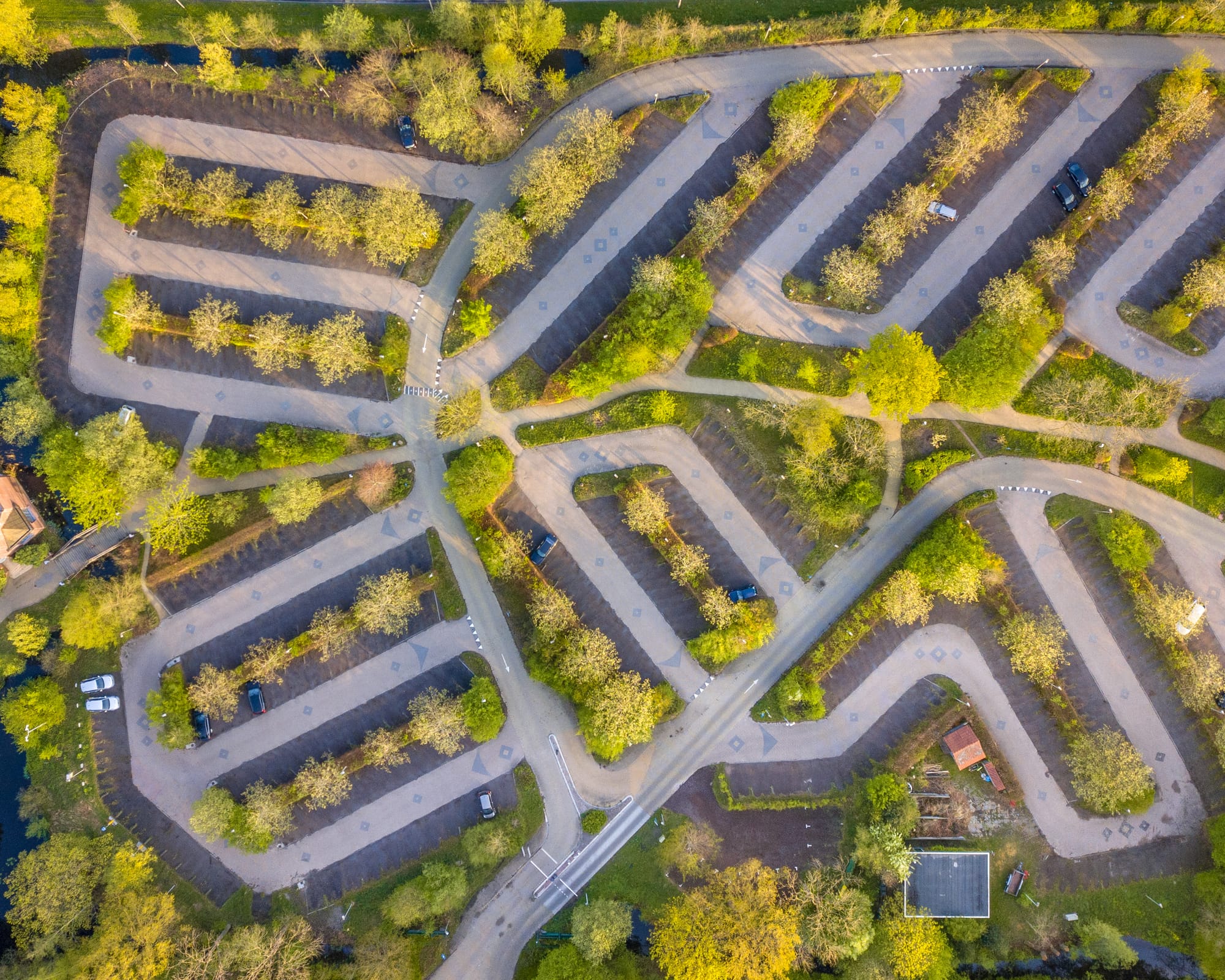

Permeable parking design in action: Combining porous surfaces with vegetation allows rainwater to infiltrate, reducing runoff and turning hardscapes into functional green infrastructure. Source: Envato Elements.
On rooftops, green roofs act as living sponges. Layers of soil and plants retain rainwater, releasing it slowly or allowing it to evaporate. Green roofs not only help manage stormwater but also cool buildings, insulate interiors, and provide habitat in otherwise barren urban spaces. In some cities, they are even used for urban agriculture.
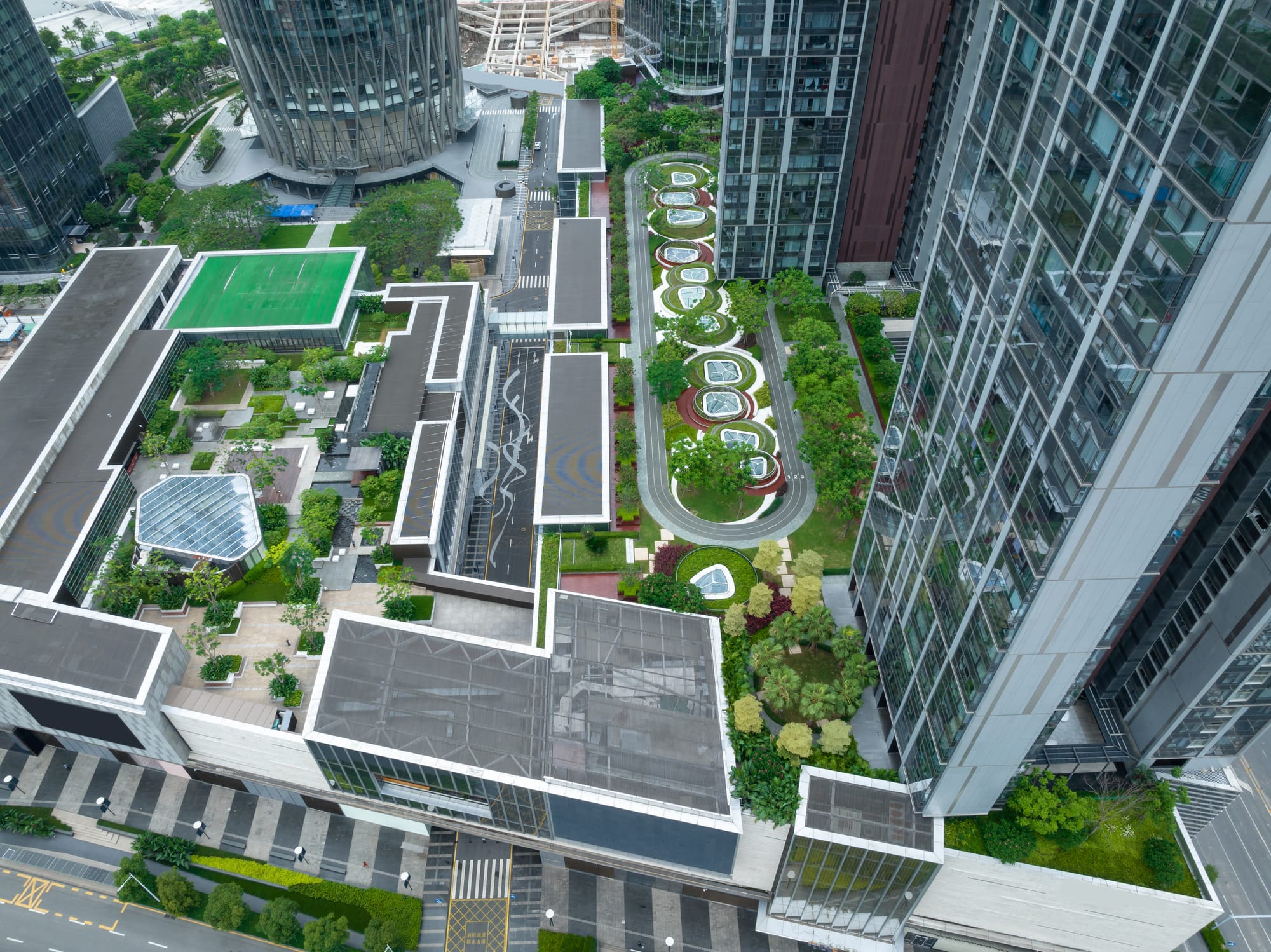
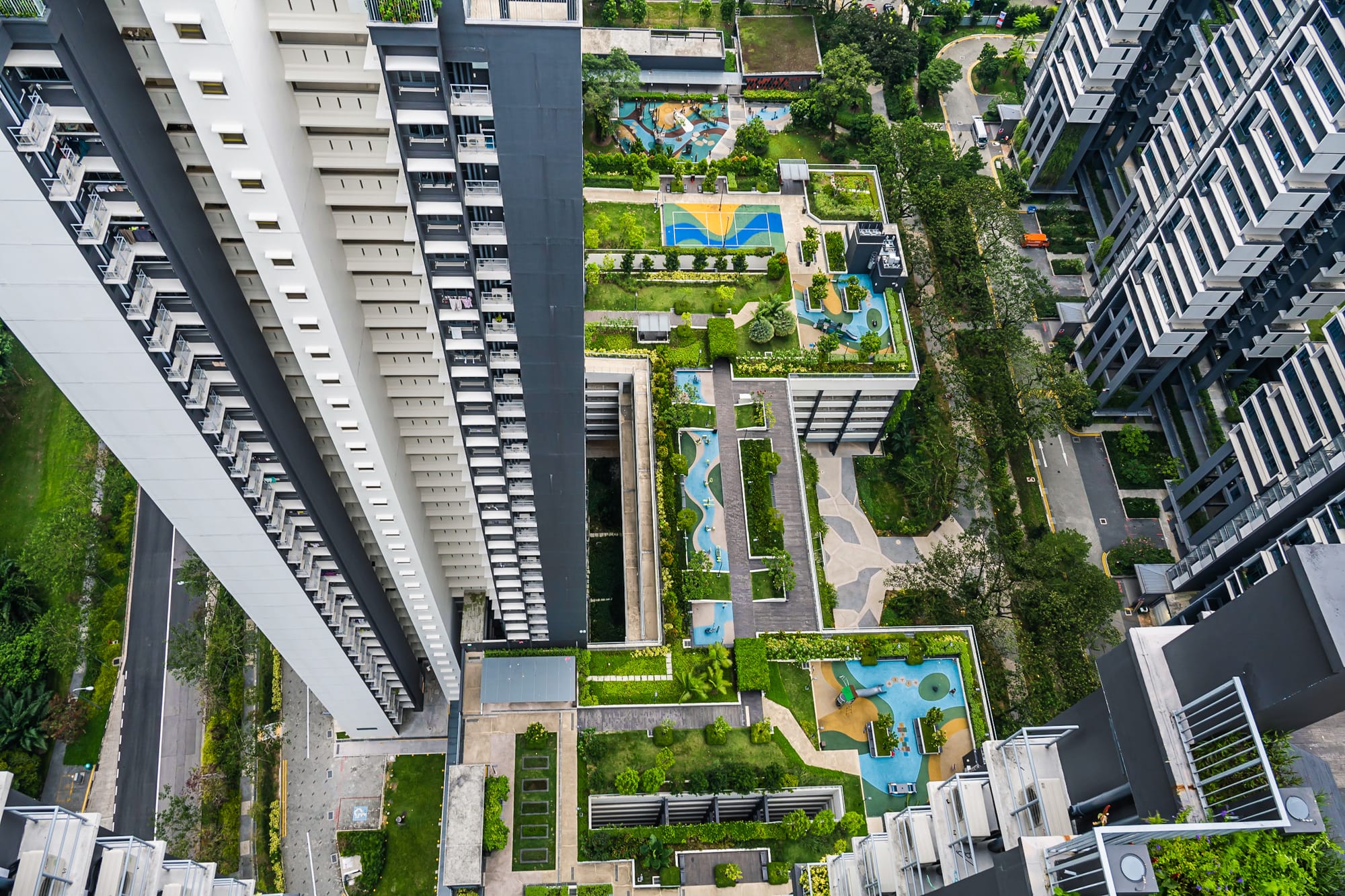
More than rooftops: These vibrant green roofs manage stormwater, cool the urban microclimate, and transform overlooked spaces into living, breathable landscapes. Source: Envato Elements.
Benefits of Sustainable Stormwater Strategies
Sustainable stormwater strategies offer a wide range of co-benefits. They help recharge groundwater, reduce erosion, and filter out harmful pollutants before water reaches streams and rivers. They also improve air quality, support biodiversity, and cool urban areas through evapotranspiration and increased vegetation cover.
Importantly, many of these systems double as public amenities—rain gardens beautify neighbourhoods, swales green parking lots, and rooftop farms build community. Rather than being hidden from view, sustainable infrastructure can be integrated into the daily lives of city dwellers, creating greener, more liveable environments.
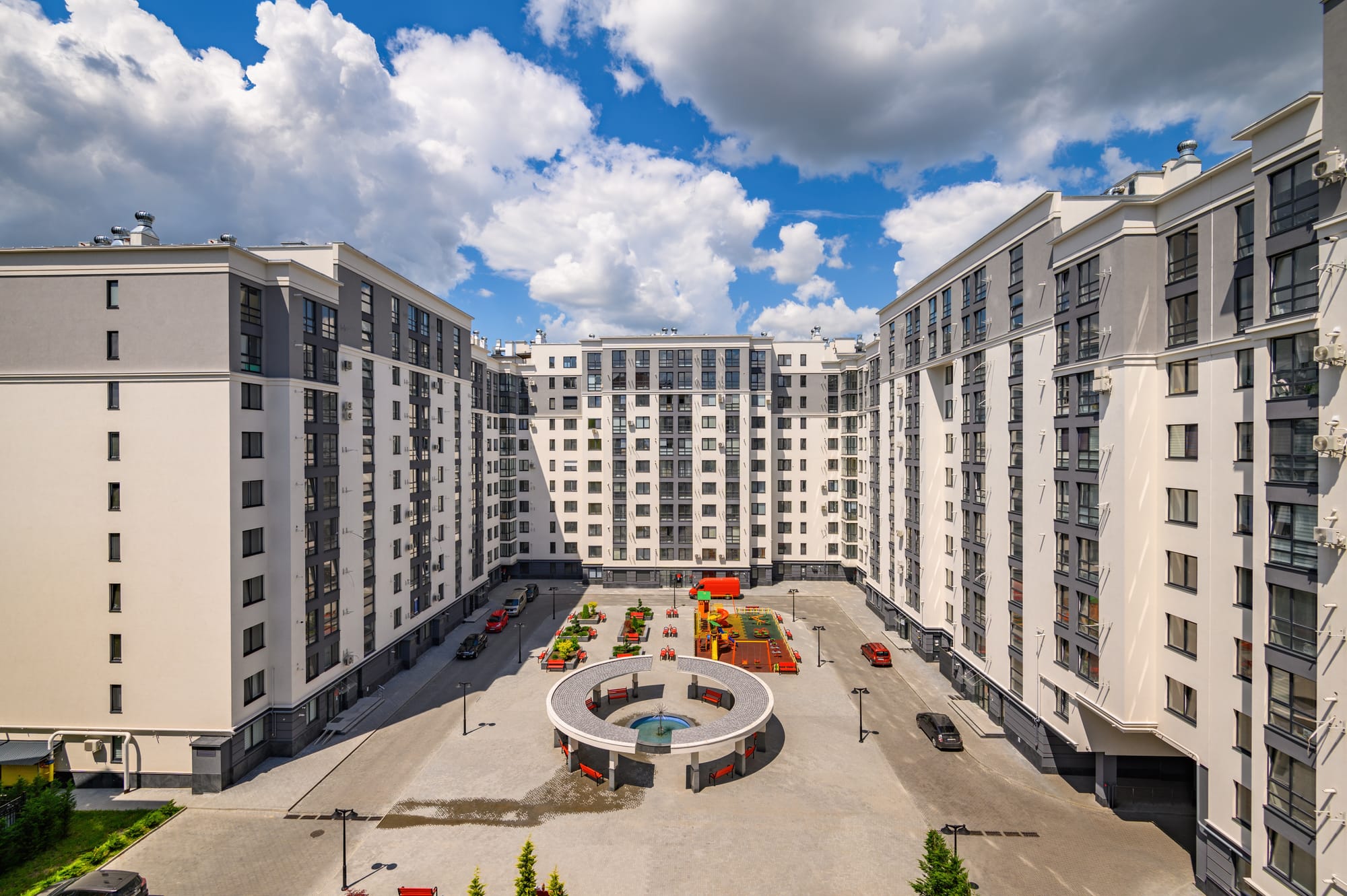
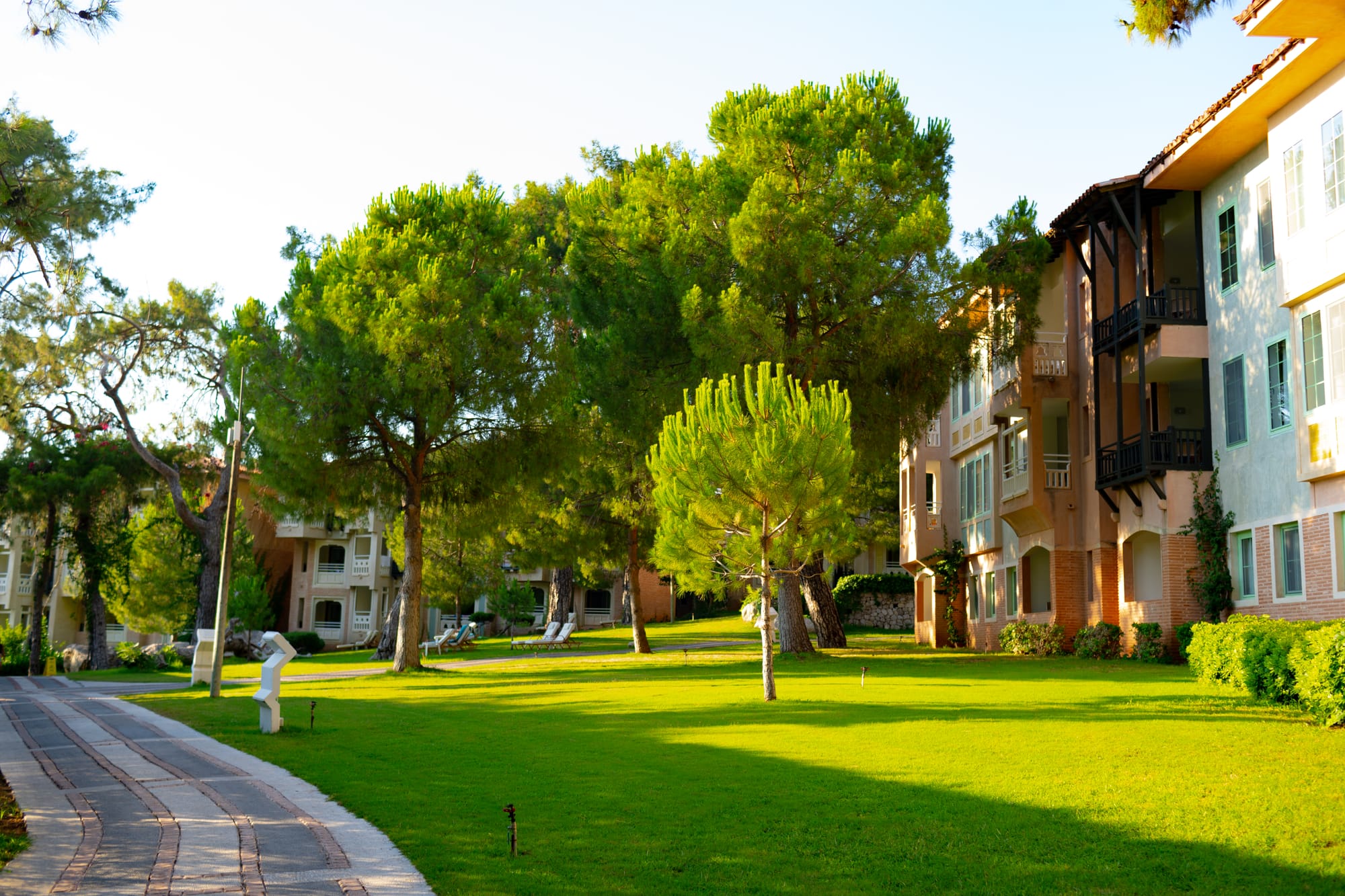
Urban design choices shape more than drainage—they define comfort, ecology, and livability. Where one setting relies on hardscaped courtyards, another embraces green open spaces that manage water, cool the air, and support well-being. Source: Envato Elements.
Case Studies in Urban Flood Resilience
Cities around the world are reimagining stormwater management. In Philadelphia, the “Green City, Clean Waters” initiative has successfully implemented hundreds of rain gardens, green roofs, and permeable pavements to reduce combined sewer overflows and enhance urban green spaces.
China’s Sponge City programme focuses on absorbing rainfall where it falls, using large-scale green roofs, wetlands, and porous roads to tackle flooding and urban water scarcity.
In Malaysia, townships like Setia Eco Glade and Setia EcoHill have embraced sustainable design with bioswales, detention ponds, and green infrastructure embedded throughout their masterplans. These projects demonstrate that sustainable stormwater solutions are not only viable—they are scalable, context-sensitive, and beneficial to both people and the planet.
A New Urban Mindset
At its heart, sustainable stormwater management is about rethinking the role of water in the city. Instead of viewing rainfall as a threat, we can design places that absorb, store, and celebrate it. This requires a shift in mindset—from grey infrastructure built to control nature, to green infrastructure that learns from it.
By embracing these nature-based approaches, we not only reduce the environmental burden of urban development but also create spaces that are cooler, cleaner, and more resilient. The rain will always come. The question is whether our cities are prepared to welcome it wisely.
Keen to explore more ways cities can work with nature, not against it?
Subscribe to receive thoughtful insights, real-world examples, and practical design ideas straight to your inbox.
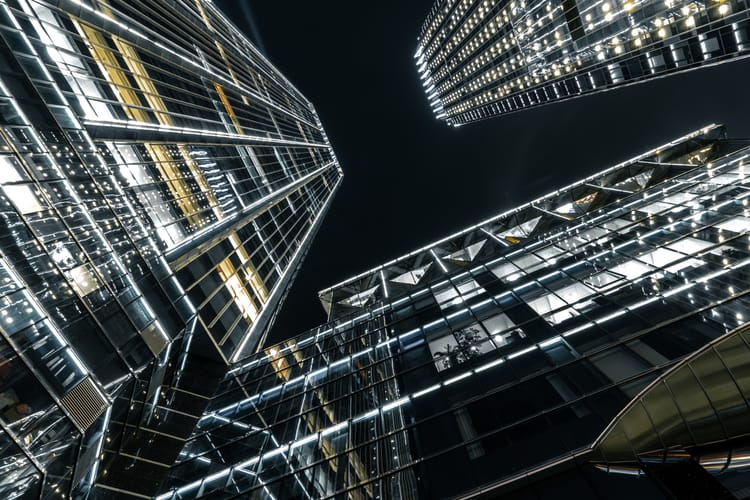
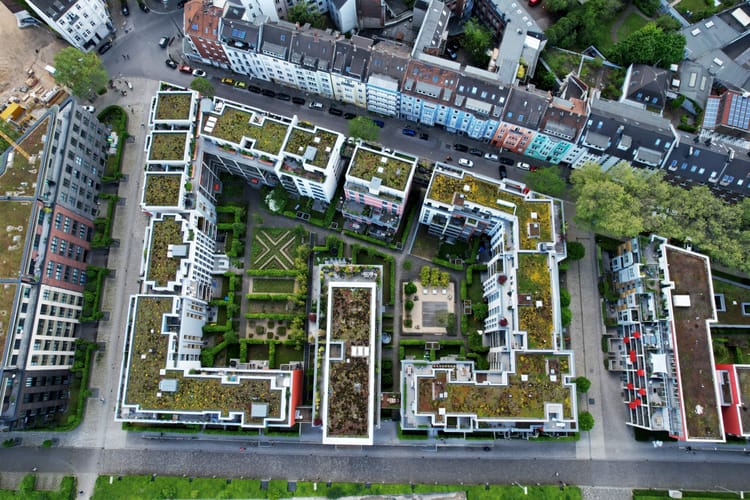


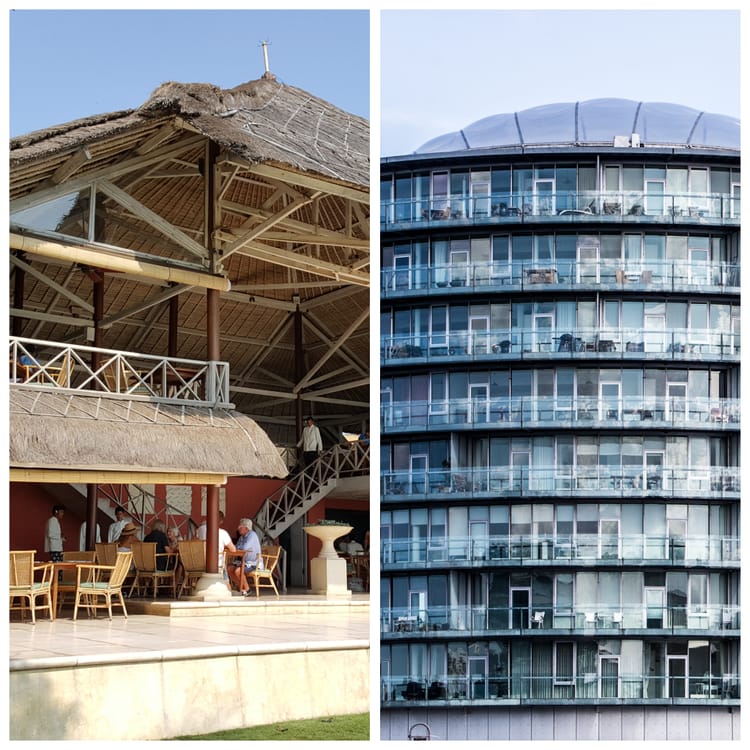
Member discussion